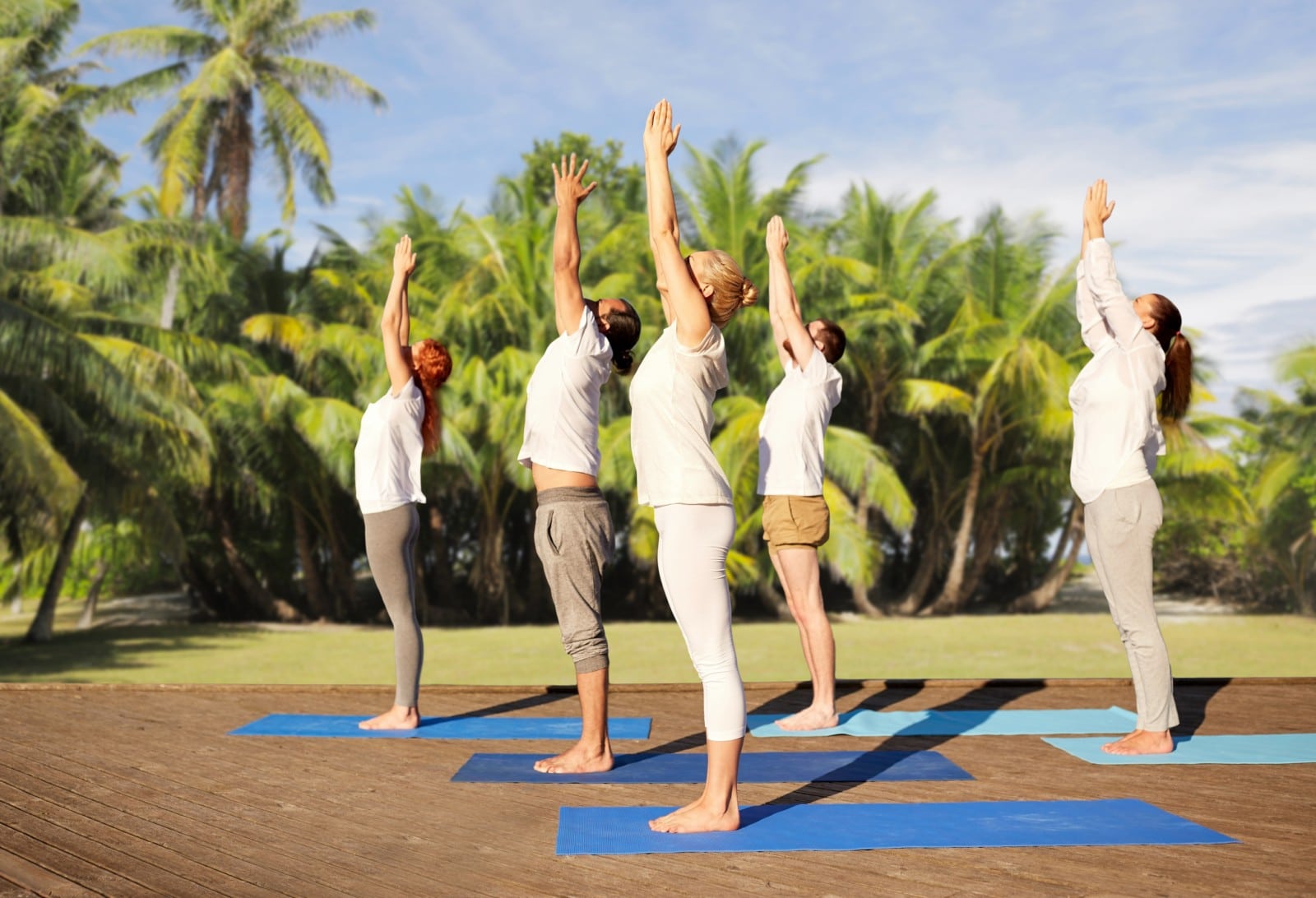You already know that having a baby creates lasting change—physically, mentally, and emotionally. Yet, it can still feel tricky and daunting to settle into your “new normal” as a new mom.
That new normal includes changes in the way your body moves and feels, and it may even include pain at this point in your journey. That’s one reason the American College of Obstetricians and Gynecologists (ACOG) recently introduced new recommendations around caring for women in the so-called “fourth trimester”; instead of the typical six-weeks postpartum checkup, ACOG is calling on medical practitioners to offer a more individual and holistic approach. That’s something our therapists believe in and practice here at Spooner Physical Therapy, and we love helping new moms during this process of healing and adjustment.
You can incorporate a similar approach as you care for yourself and introduce or restart an exercise routine. So, how do you do it? Because yoga can be such an essential part of wellness for anyone, new moms included, we asked Claire Giuliano, OTD (who specializes in women’s health, yoga therapy and pelvic health rehabilitation) about the best ways to approach yoga and movement after baby.
Read how a mother can take care of herself in “A Mom’s Care in the Fourth Trimester” on the Spooner Blog.
#1: Know Your Body
After giving birth, you’re probably hyper-aware of everything going on with your body (um, we’re looking at you perineum tears, weak bladders, and hemorrhoids). That’s ok and even good: Awareness is absolutely essential to healing.
Claire says yoga is all about meeting your body where it is in that moment, so you can give it what it needs. Rule number one? Listen to your body, and ignore any preconceived ideas about what you’re supposed to look like or feel like when you’re doing yoga.
“Yoga is supposed to be accessible to everyone, but it’s become very commercialized in the U.S. It feels exclusive and like you have to put on spandex and look very bendy and do these complex poses,” Claire says.
The trouble with that misguided view is that it can lead to too much emphasis on the body, rather than a more therapeutic and inclusive emphasis on mind, body and spirit. When you follow the “Ahimsa” principle of yoga, which basically means, “Do no harm,” it allows you to tap into that mind-body-spirit connection—and that’s where the real healing can happen.
#2: Build Your Foundation
One of the foundational principles of yoga is breathing, according to Claire. “Breathing is yoga, too, just as much as doing poses on the yoga mat. It’s the most accessible component of yoga and by far the most important.” While it may seem like a small thing—we breathe all day, every day, after all—learning to breathe properly can be huge for new moms, helping with stress management, pain management, and healing.
For starters, taking five minutes for breathing exercises can give the nervous system a break from being on overdrive, she says. “If the mind slows down, the body can follow.”
Proper breathing also leads to healing of the pelvic floor, which is why it’s the first thing Claire teaches her patients. “For new moms, this is really important because they’ve had all these changes to their pelvic floor due to carrying their babies.” She explains that because the pelvic floor works in conjunction with our diaphragm, breathing correctly can help control healing of the pelvic floor, and this leads to proper whole-body movement.
#3: Introduce Simple Core & Floor Poses
When a new mom’s body is ready, it’s time to incorporate yoga poses and other activities that focus on core stability, mobility, and strengthening. Claire teaches her patients to avoid forward-bending or “crunching” poses because of diastasis recti, when a mom’s abdominal muscles separate after birth.
Floor poses and poses on hands and knees promote posture in a non-weight-bearing position. Claire often teaches a progression that includes bridge, warrior 1 and 2, triangle, sun salutations and cobra. “It’s really helpful to get patients moving and to get blood flow to areas that need healing,” she says.
Learn more about Women’s Health at Spooner Physical Therapy. Ready to schedule an appointment? Schedule an appointment or complimentary movement screen with a Spooner physical therapist at one of our locations throughout the valley.

